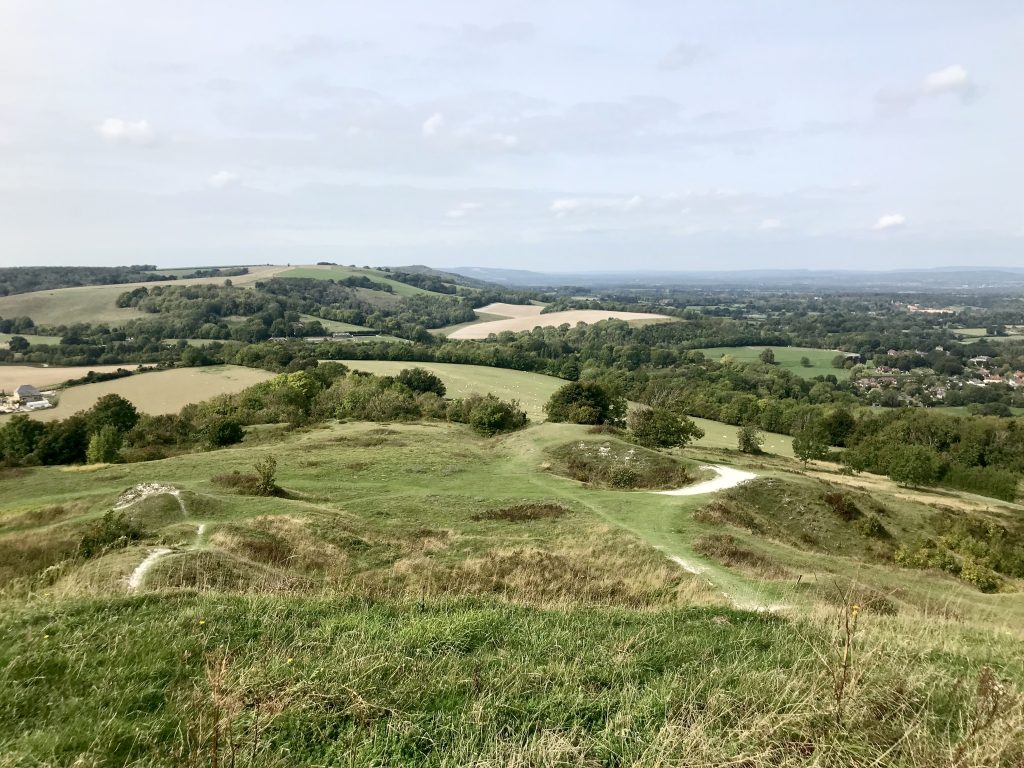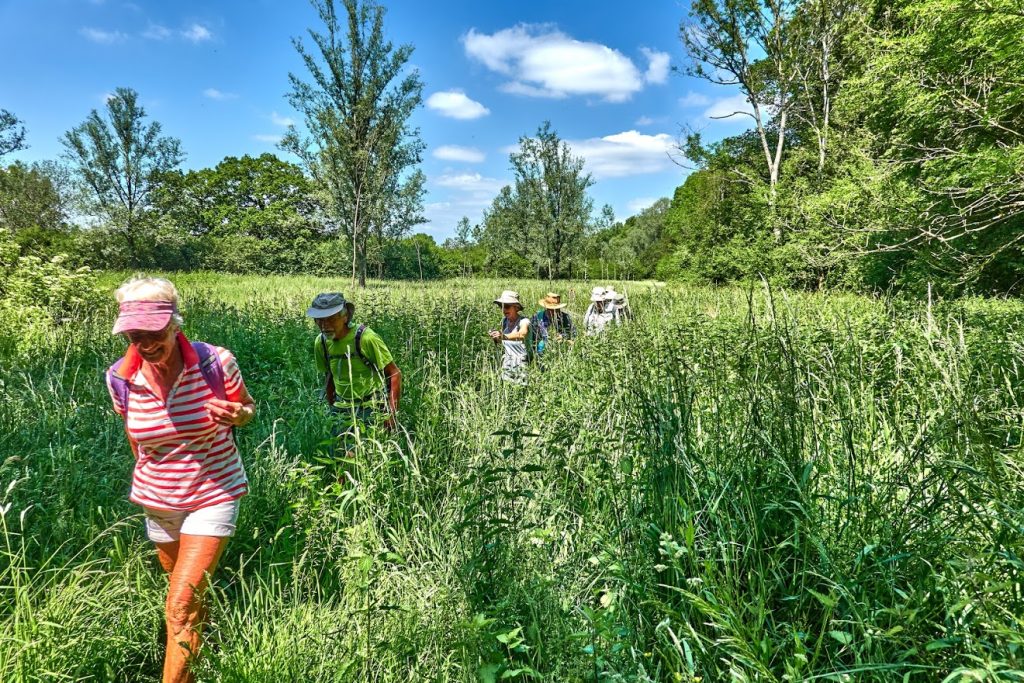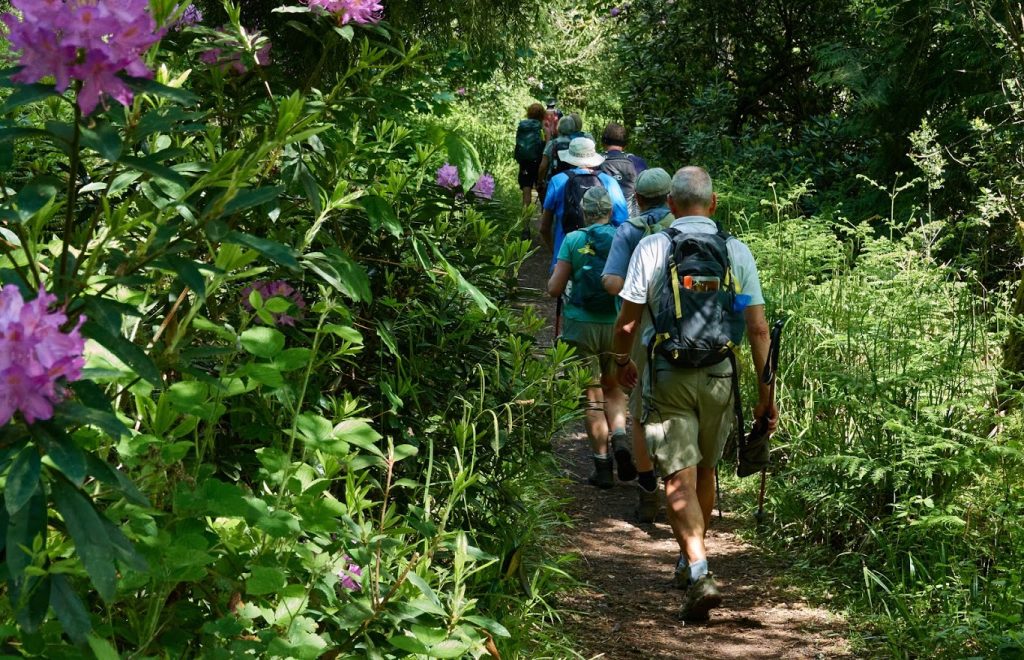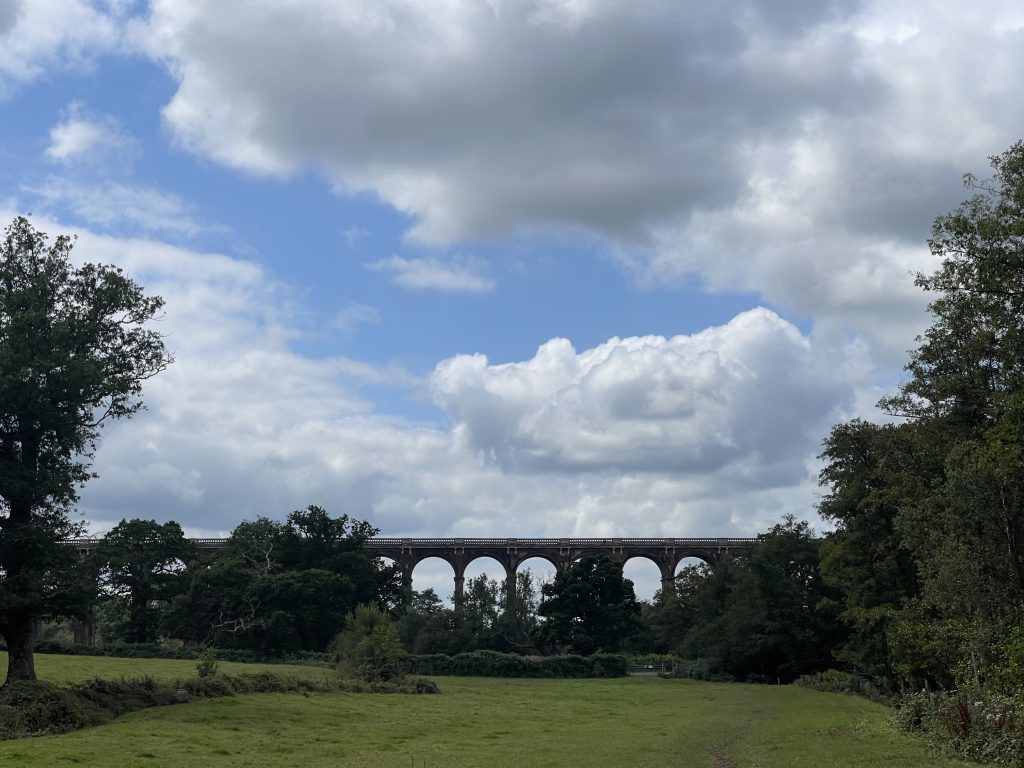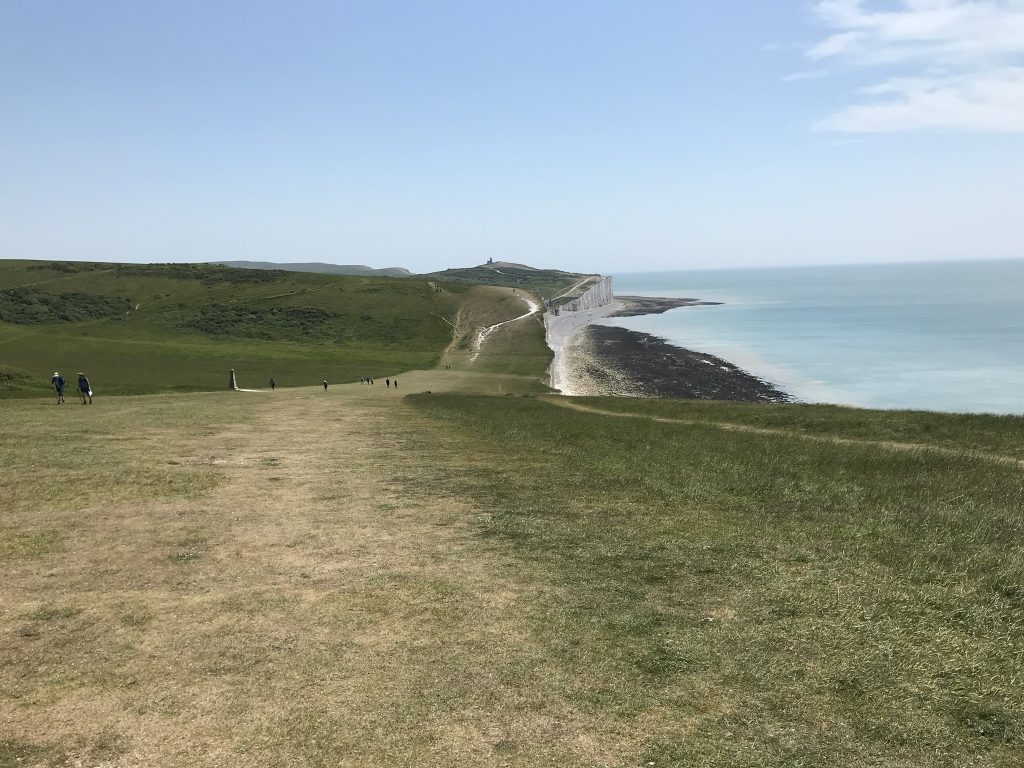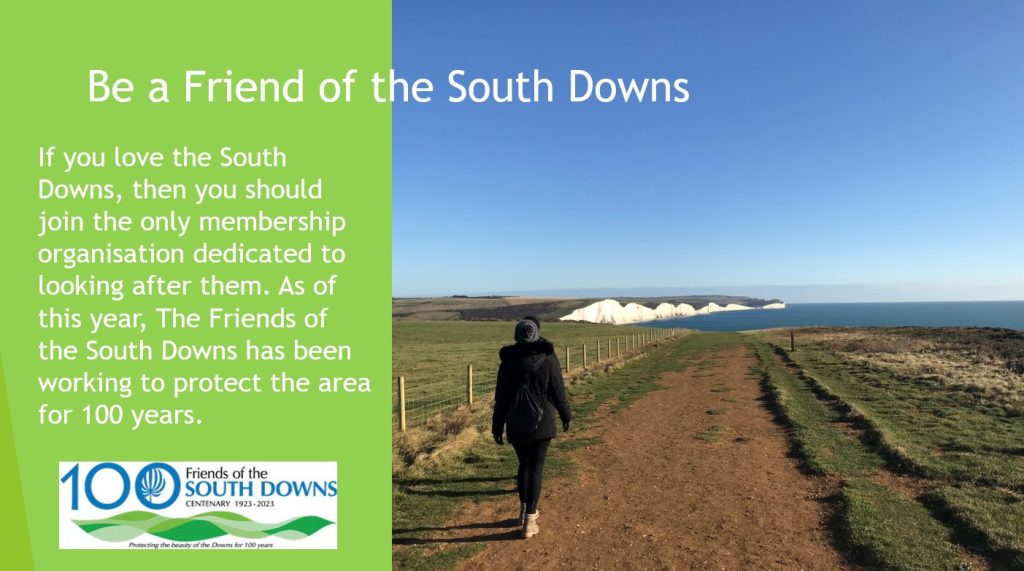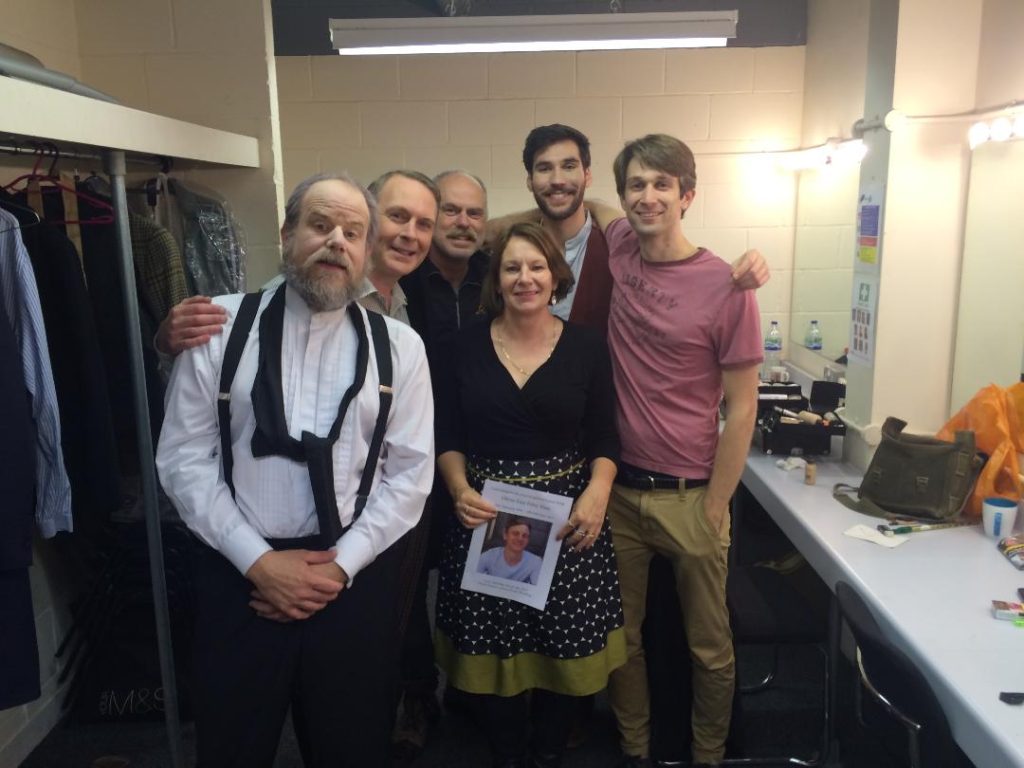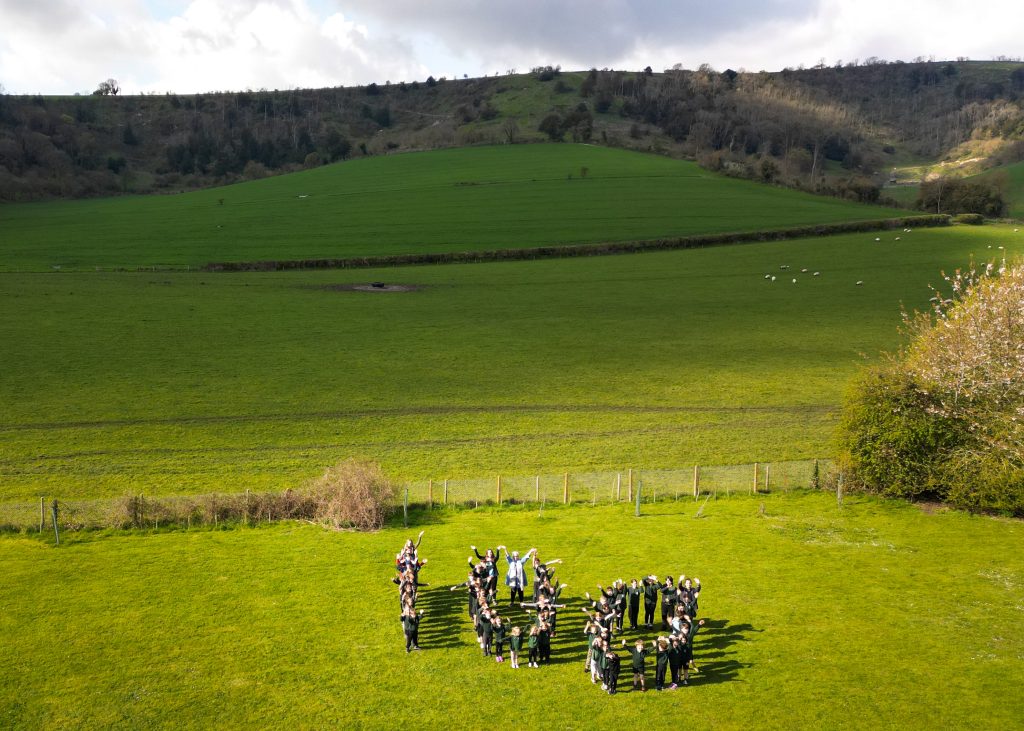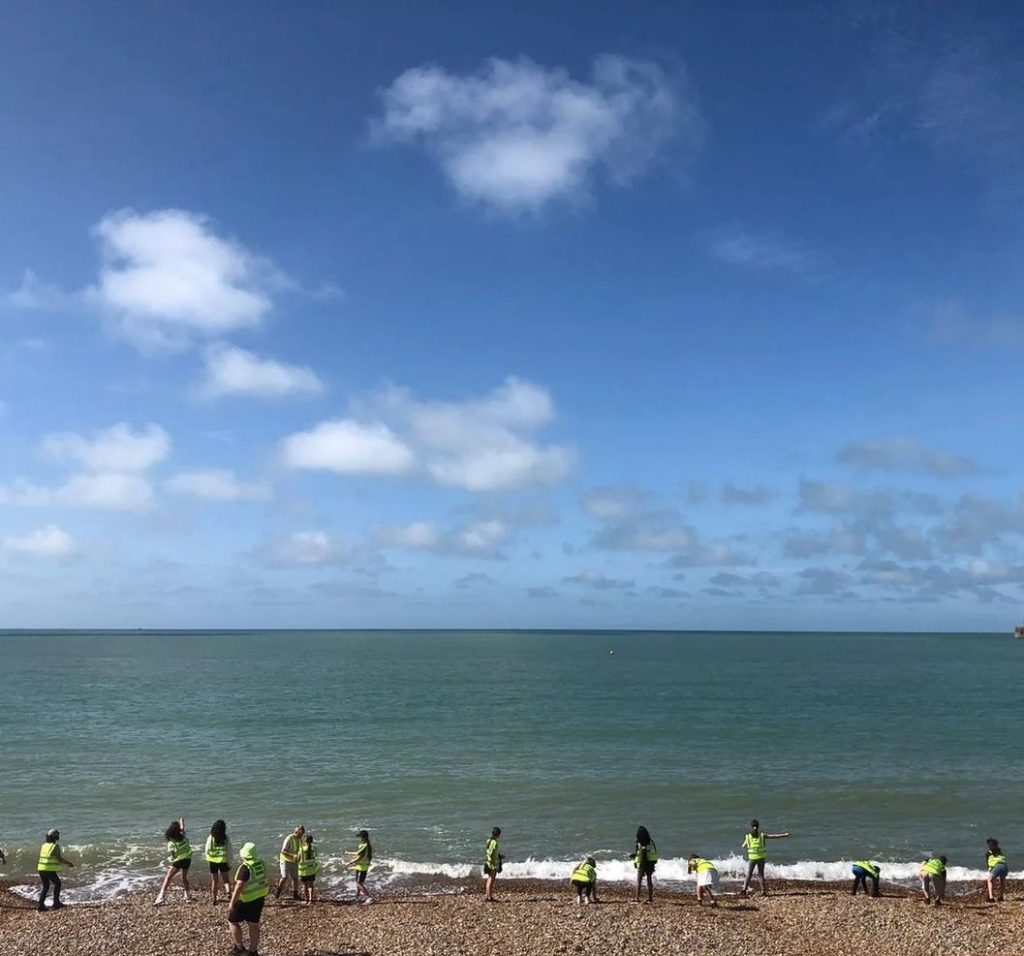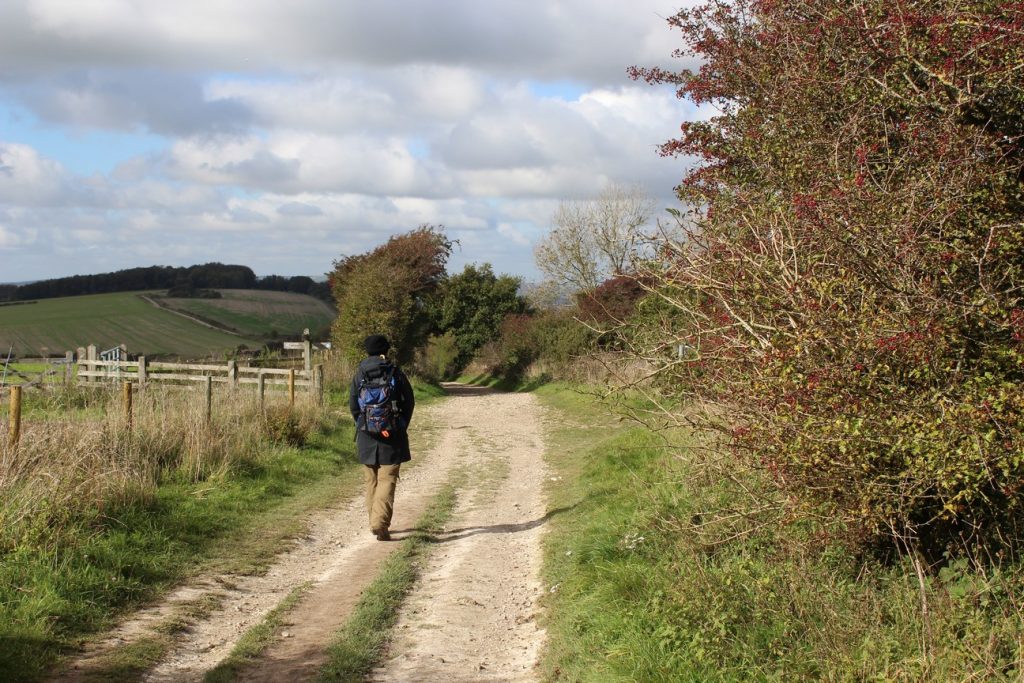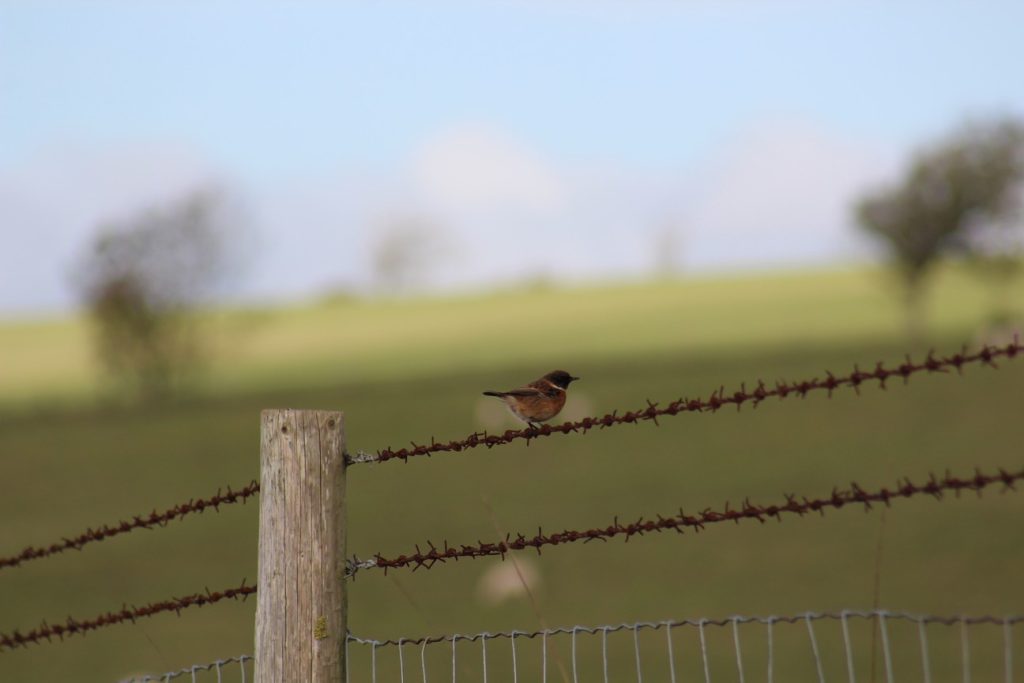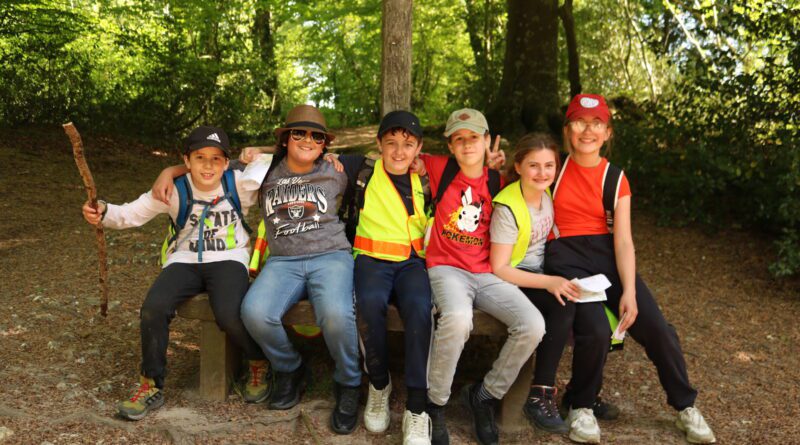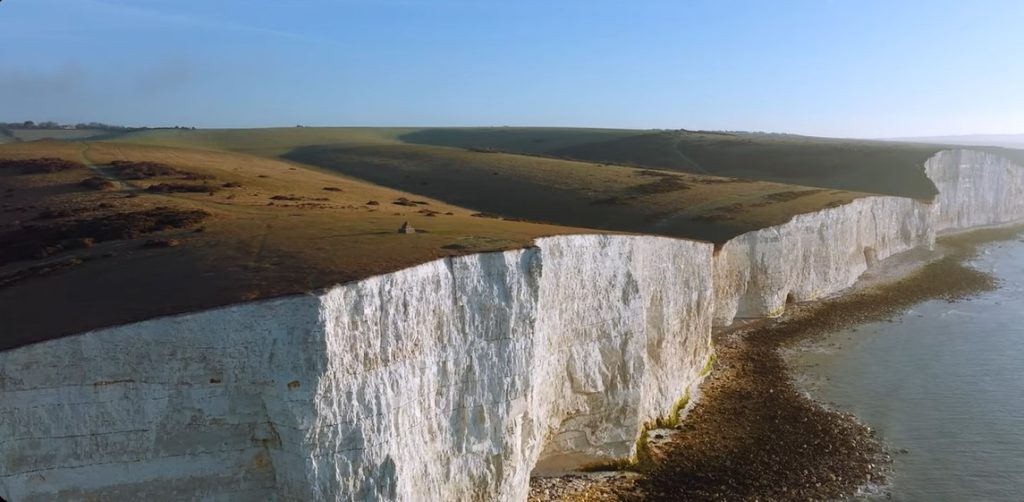We were deeply disappointed to learn of the Government’s plans to extend the Permitted Development Rights (PDR) for any agricultural or rural building to Protected Landscapes (National Parks and Areas of Outstanding Natural Beauty (AONBs)). There is a long-established practice of not applying certain permitted development rights in these areas in line with national planning policy which emphasises the importance of protecting these areas from inappropriate development.
Our Trustees are alarmed and disappointed, as, we are sure will be our members, to see the PDR proposals in relation to our National Parks. We are strongly opposed to them.
Our Response to this Consultation
1. The Friends of the South Downs (FSD) have over 1,500 members and their focus is the conservation and enhancement of the landscape of the South Downs National Park and its quiet enjoyment by everyone. To this end we support and uphold the statutory purposes and special qualities of the National Park. We support the work of the South Downs National Park Authority: we warmly applaud the Authority’s successful and effective Local Plan and the Authority’s work to enhance the natural infrastructure that the Park represents, to increase nature recovery and measures in relation to climate change. We have a close and beneficial relationship with the Authority.
2. Our Trustees are alarmed and disappointed, as, we are sure will be our members, to see the PDR proposals in relation to our National Parks. We are strongly opposed to them.
3. We should not need to remind you that the statutory purposes of the South Downs National Park and indeed all our national parks – section 61(1) Environment Act 1995 – do not include scope for watering-down or compromise. They form the key statutory imperative that should guide all decisions where our national parks are concerned.
4. We are very supportive of the work of Julian Glover and the important findings in his report, Landscapes Review. On page 64, he wrote:
‘The current Permitted Development Rights (PDR) system should also be reviewed and, if necessary, further PDRs should be added to the list of those currently withdrawn within national landscapes to ensure that the full application process applies before determining planning approval.
For example, forestry and agricultural changes allowed under permitted development can have significant impacts on landscape quality, and the South East and East Protected Landscapes forum has made a convincing case that these should be reviewed.’
5. The Government’s response to Glover acknowledged in relation to Planning Reform that: ‘A strong and effective system must sustainably balance protections with supporting local communities and economies. The balancing exercise must be carried out differently in protected landscapes, to ensure their statutory purposes and special qualities are meaningfully protected. This involves giving greater weight to their special qualities in planning policies, procedures, and decisions.’
On the following page, under the heading ‘Permitted development’, the response went on:
‘The review also highlighted that certain Permitted Development Rights (PDR) may impact landscape quality, and proposal 6 suggested a review of existing rights.
We recognise that permitted development rights can play an important role in delivering new homes, particularly in rural areas. This benefits householders and businesses. We will continue to monitor the use of permitted development rights in protected landscapes and identify future opportunities to review their use.’
6. Now comes this consultation. Still nothing has happened about implementing Glover beyond a response admitting that ‘this balancing exercise must be carried out differently in protected landscapes’. These proposals though offer no meaningful protection. In fact, they represent the very opposite; one of the biggest threats to the national parks in a generation. We are concerned that the proposals do not include detailed justification for the changes proposed, nor is there any environmental impact appraisal. Our view is that the existing regime works well and it complies properly with the statutory responsibility.
7. We are concerned about the conversion of barns. However, there is a planning process in place. It does work. We have seen barn conversions granted, but they have all had to go through a rigorous process to ensure there was no damage to the landscape and environment. What we are more concerned about here in the South Downs is the proposal relating to equestrian use. Over the years the SDNPA has dealt with numerous applications for stables. Of late, there has been a trickle of applications to convert those stables. For the most part those have been for tourism rather than as separate residences because of planning policies. However, If these proposals were enacted, it has to be anticipated there would be a wave of conversions. We would end up with unsuitable buildings in unsuitable locations, with domestic paraphernalia and little pockets of suburbia across the Downs, with increased vehicle movements. There would be little benefit in terms of housing numbers and to communities in the Park. The main beneficiaries in the South Downs would be horse owners, not farmers. The fragile landscape and tranquillity of the South Downs National Park are far too precious to risk being compromised in this manner. Even seemingly small or very small developments can compromise out of all proportion.
8. The FSD includes an expert planning committee, who review every planning application and decision within or near the Park. The committee sees no need to adjust the current exemptions and emphasise that any bona fide case for conversion or increase is easily put forward in a planning application which will be expertly assessed by the Authority’s professional staff. Any farmer or property owner will not be deterred from a worthwhile conversion scheme by the need to make a planning application; indeed, the pre-app process often brings forward helpful advice and suggestions. In short, the application process is not burdensome or unhelpful or contrary to the public interest.
9. The crux of this is that a bona fide scheme for conversion or enlargement within the South Down National Park can easily be assessed by planning application and no deserving farmer or owner will be deterred: a sound outcome is achieved and the provisions of the Environment Act are upheld.
10. We have noted below the consultation question numbers that concern this response.

